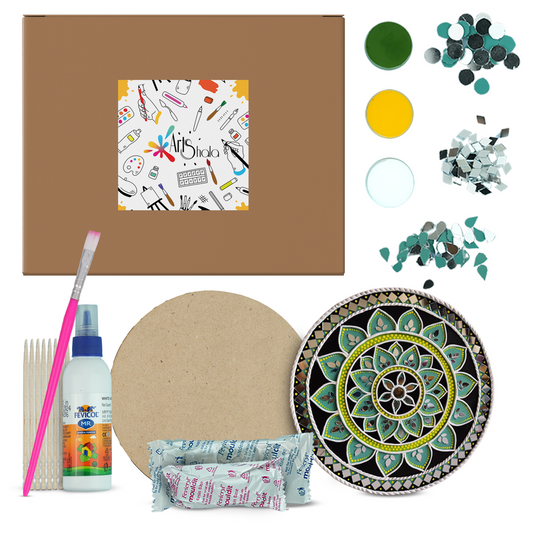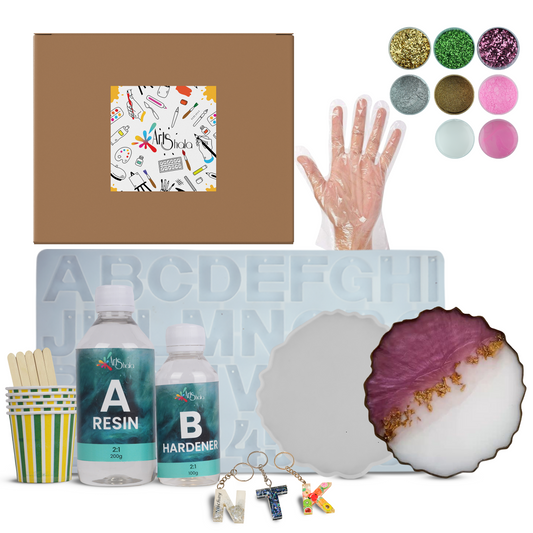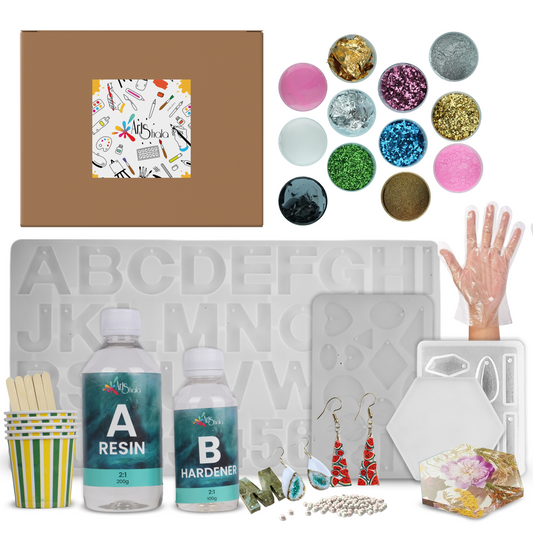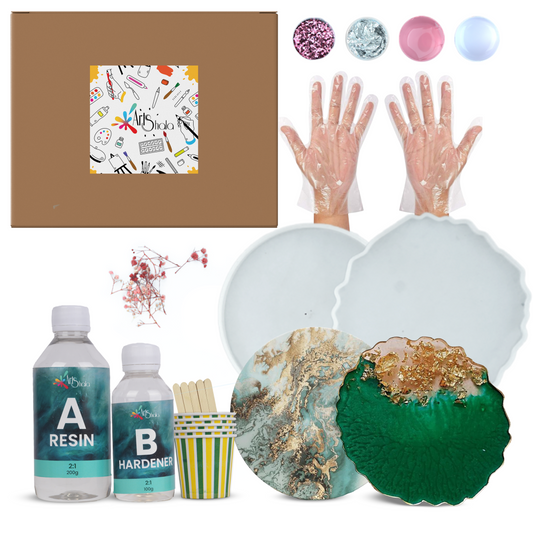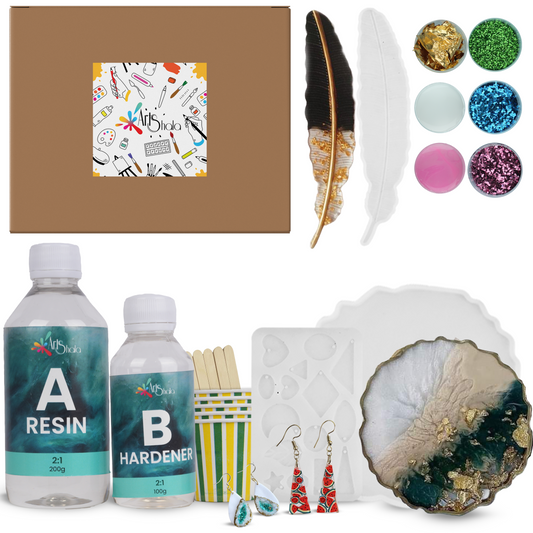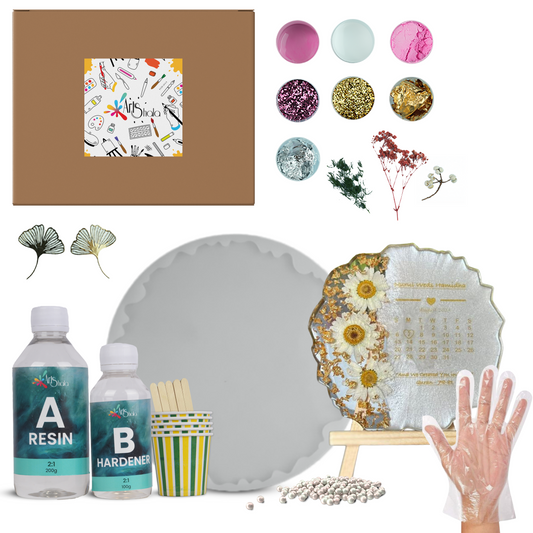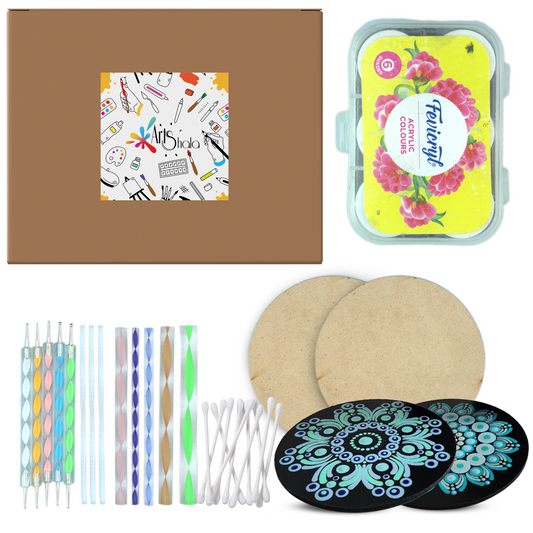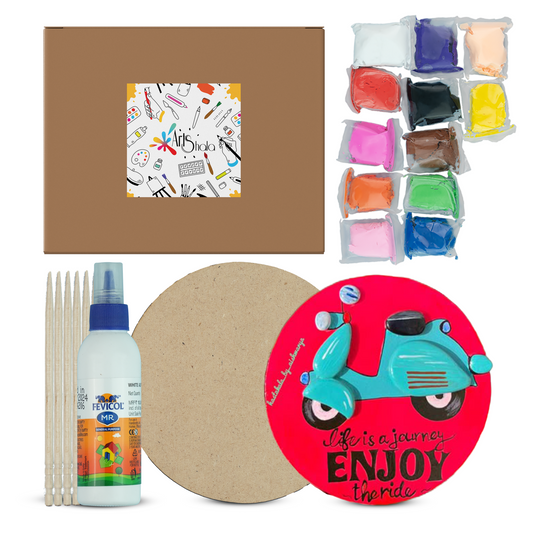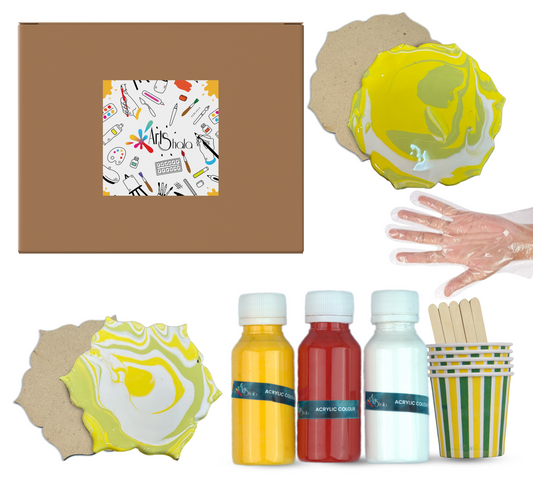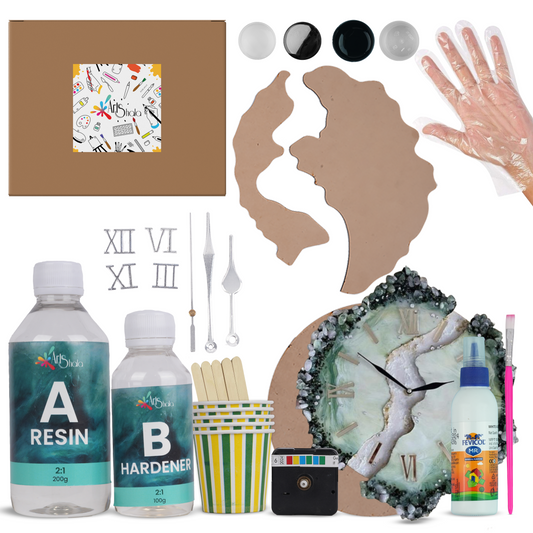With Acrylic Paint, How Can You Mix the Same Colour Twice?
Acrylic paint is a versatile medium artists love for its vibrant colours, quick drying time, and ease of use. However, one common challenge many artists face is consistently achieving the same colour, especially when mixing colours. Whether working on a large canvas or a series of smaller pieces, replicating a specific colour can be crucial for maintaining harmony in your artwork.
In this blog post, we will study the techniques and tips for mixing acrylic paint to achieve the same colour twice, ensuring that your artistic vision remains intact throughout your creative process. To learn more about such techniques, enrol in an acrylic painting workshop.
The Basics of Colour Mixing
Before diving into the specifics of mixing acrylic paint, it’s essential to understand the fundamentals of colour theory. Colour mixing involves combining different pigments to create new hues. There are two primary methods for mixing colours: additive and subtractive mixing.
-
Additive Mixing: This method combines light colours, making the result lighter. For example, blending red and green light produces yellow. This method is primarily used in digital media and lighting.
-
Subtractive Mixing: This is a method used in painting, where pigments absorb specific wavelengths of light and reflect others. When pigments are mixed, the result often becomes darker. For instance, mixing blue and yellow paint creates green.
In acrylic painting, we primarily deal with subtractive colour mixing. Understanding how colours interact will help you mix them more effectively and gain the desired results.
The Importance of Consistency in Colour Mixing
Achieving colour consistency is vital when working on a project requiring multiple sessions or layers. Inconsistent colours can disrupt the overall aesthetic of your artwork and lead to frustration. Here are some reasons why consistency matters:
-
Aesthetic Harmony: Maintaining the same colour throughout your artwork ensures the piece feels cohesive and unified.
-
Professionalism: Consistent colour mixing demonstrates skill and attention to detail, which can enhance the perceived quality of your work.
-
Time Efficiency: Replicating colours saves time, allowing you to focus more on the creative aspects of your painting rather than constantly mixing new colours.
Techniques for Mixing the Same Colour Twice
To mix the same colour twice with acrylic paint, consider the following techniques:
Use a Colour Recipe
Creating a colour recipe is one of the most effective ways to ensure consistency. A colour recipe involves documenting the exact proportions of each pigment used to create a specific colour. Here’s how to make one:
-
Choose Your Colours: Select the primary colours you will be mixing. For example, if you are mixing a shade of green, you might use yellow and blue.
-
Measure Your Pigments: Use a palette knife or spoons to measure specific amounts of each pigment. For instance, use one part yellow to two parts blue.
-
Document the Process: Write down the exact measurements and specific techniques you used (e.g., mixing thoroughly and adding water). This documentation will serve as your reference for future mixing.
-
Store the Recipe: Keep your colour recipes organised in a notebook or digital format for easy access.
Use a Colour Wheel
It is a useful tool for understanding colour relationships and can assist in mixing consistent colours. Here’s how to use a colour wheel effectively:
-
Identify Your Base Colour: Locate the colour you want to replicate on the colour wheel.
-
Determine Complementary Colours: If you need to adjust the hue, identify the complementary colour (the colour directly opposite on the wheel). This can help you create a more balanced mix.
-
Use Analogous Colours: To create a harmonious palette, consider using colours adjacent to your base colour. This can help you maintain consistency while exploring variations.
Keep a Consistent Environment
Environmental factors can influence the appearance of colours. Here are some tips to maintain a consistent environment:
-
Lighting: Use consistent lighting when mixing and applying paint. Natural daylight is ideal, but if you’re using artificial light, ensure it is of the same type and intensity throughout your work sessions.
-
Temperature: Acrylic paint can behave differently in varying temperatures. Try to work in a controlled environment to minimise changes in the paint’s consistency and drying time.
-
Surface Preparation: Ensure that the surfaces you paint are prepared the same way each time. This includes priming, texture, and any underpainting techniques.
Use a Palette with Measurement Markings
Using a palette with measurement markings can help you mix consistent colours. Here’s how to utilise this tool:
-
Divide Your Palette: Use a palette with sections or grids marked for measuring. This allows you to replicate the exact amount of each pigment used.
-
Mix in Small Batches: Do so in small batches when mixing colours. This makes it easier to replicate the mixture later.
-
Label Your Sections: If you’re mixing multiple colours, label each palette section to avoid confusion.
Create a Colour Swatch
Creating a colour swatch is an effective way to visualise your mixed colours. Here’s how to do it:
-
Mix and Apply: After mixing your desired colour, apply a small amount to a paper or canvas.
-
Label the Swatch: Write the colour recipe next to the swatch for future reference.
-
Store Swatches: Keep a collection of swatches organised by colour. This will act as a visual guide for future mixing.
Troubleshooting Common Mixing Issues
Even with meticulous planning, you may encounter challenges when mixing the same colour twice. Here are some common issues and solutions:
-
Colour Shift: If the colour appears different when remixed, check your pigment quality and ensure you use the same acrylic paint brand and type.
-
Drying Time: Acrylic paint dries quickly, which can affect mixing. If your paint is drying too fast, consider using a slow-drying medium or retarder to extend the working time.
-
Inconsistent Texture: If the texture of your paint varies, check the water-to-paint ratio. Maintaining a consistent ratio will help achieve a similar texture.
Conclusion
Mixing acrylic paint to achieve the same colour twice is an essential skill for artists. You can ensure that your colours remain consistent throughout your artwork by employing techniques such as creating colour recipes, using a colour wheel, maintaining a consistent environment, utilising measurement-marked palettes, and creating colour swatches.
You can learn the art of colour mixing with practice and attention to detail. This allows you to focus on your creative expression without the frustration of inconsistent colours. Embrace these techniques, and watch your acrylic painting skills flourish as you create stunning, cohesive works of art. Contact Us to learn more about this art form or visit Arts Shala’s website.



